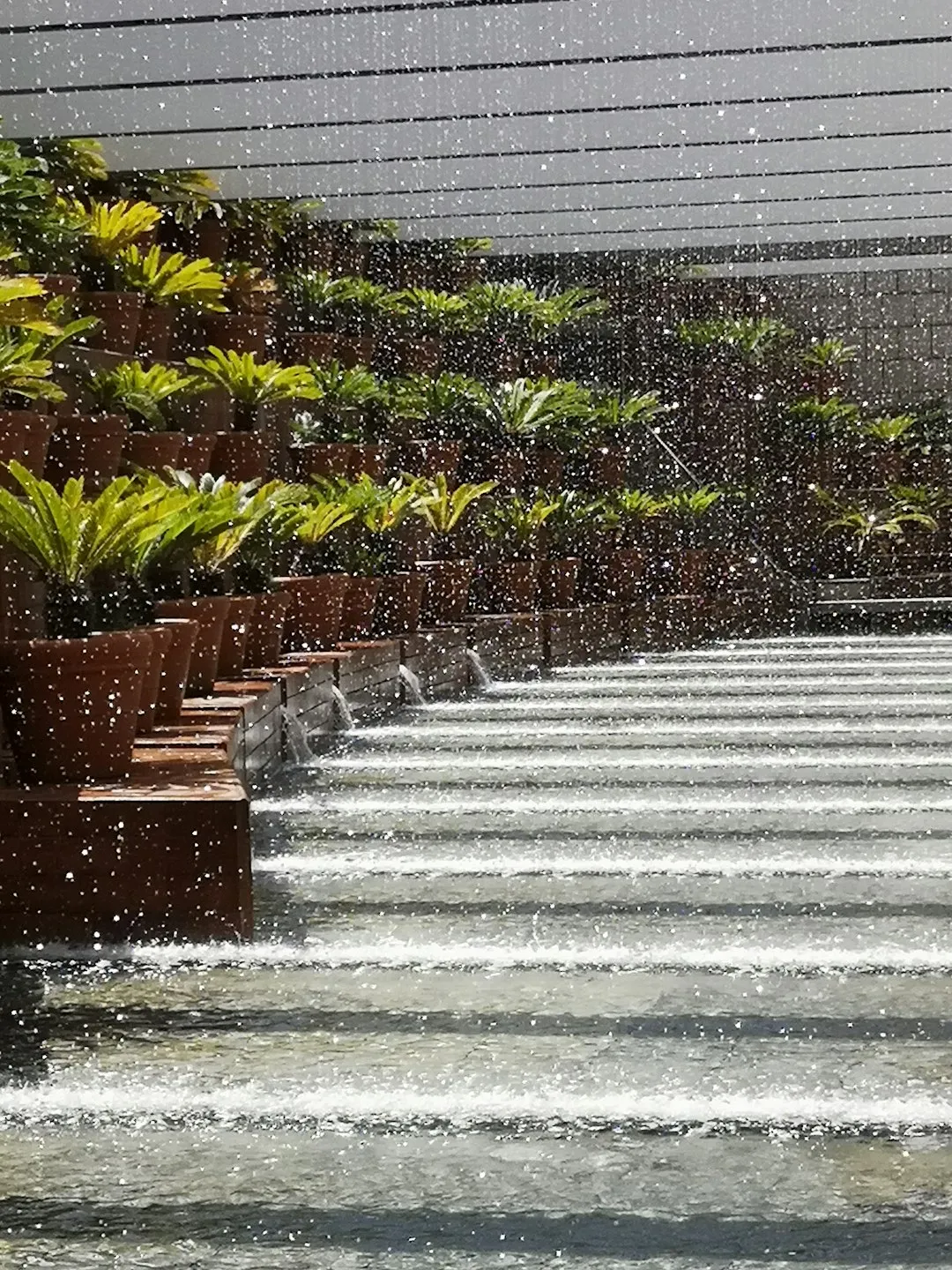Unleash the Secret of Budget - Friendly Onion Cultivation

Edible gardening is a rewarding pursuit, and among the many vegetables you can grow, onions stand out as a staple in countless kitchens. While onion sets can put a dent in your wallet, growing onions from seed is not only budget - friendly but also surprisingly straightforward. In this guide, we'll delve into the essential steps for successfully growing any type of onions from seed.
First and foremost, let's talk about choosing the right seeds. There is a wide variety of onion seeds available, each with its own unique flavor, size, and storage capabilities. For example, sweet onions like Vidalia are perfect for raw consumption in salads, while red onions add a pop of color and a sharp flavor to cooked dishes. When selecting seeds, consider your climate and the length of your growing season. Short - day onions are ideal for regions with mild winters and long summers, while long - day onions thrive in areas with cooler summers and longer daylight hours.
Once you've chosen your seeds, it's time to start the germination process. Onion seeds can be started indoors about 8 - 10 weeks before the last expected frost. Fill a seed tray with a high - quality seed - starting mix. Moisten the mix thoroughly before sowing the seeds. Sprinkle the seeds evenly over the surface of the soil and cover them with a thin layer of the mix, about 1/4 inch deep. Place the seed tray in a warm location, ideally around 70 - 75°F (21 - 24°C). You can use a heating mat to maintain the right temperature if necessary. Keep the soil consistently moist but not waterlogged. A spray bottle is a great tool for watering the delicate seedlings.
As the seedlings emerge, they will need plenty of light. Place the tray near a south - facing window or use grow lights. Keep the lights on for about 14 - 16 hours a day. Once the seedlings have developed their first true leaves, you can thin them out to prevent overcrowding. This will give each seedling enough space to grow strong and healthy.
When the danger of frost has passed, it's time to transplant the seedlings outdoors. Choose a sunny location in your garden with well - drained soil. Onions prefer a soil pH between 6.0 and 7.0. Amend the soil with compost or well - rotted manure to improve its fertility and drainage. Space the seedlings about 4 - 6 inches apart in rows that are 12 - 18 inches apart. Gently remove the seedlings from the tray, being careful not to damage the roots, and plant them at the same depth they were growing in the tray.
Watering is crucial during the growing season. Onions need about 1 - 1.5 inches of water per week. However, be careful not to overwater, as this can lead to root rot. Mulching around the plants can help retain moisture and suppress weeds. As the onions grow, you can side - dress them with a balanced fertilizer every few weeks to provide them with the nutrients they need.
One of the most exciting parts of growing onions from seed is the harvest. You'll know it's time to harvest when the tops of the onions start to turn yellow and fall over. This usually happens in late summer or early fall. Carefully lift the onions out of the ground with a garden fork. Let them dry in a warm, well - ventilated area for a few days. Once they are dry, you can trim the tops and roots and store them in a cool, dry place.
In conclusion, growing onions from seed is a cost - effective and fulfilling way to add fresh, flavorful onions to your garden and your table. With a little patience and the right techniques, you can enjoy a bountiful harvest of home - grown onions year after year.